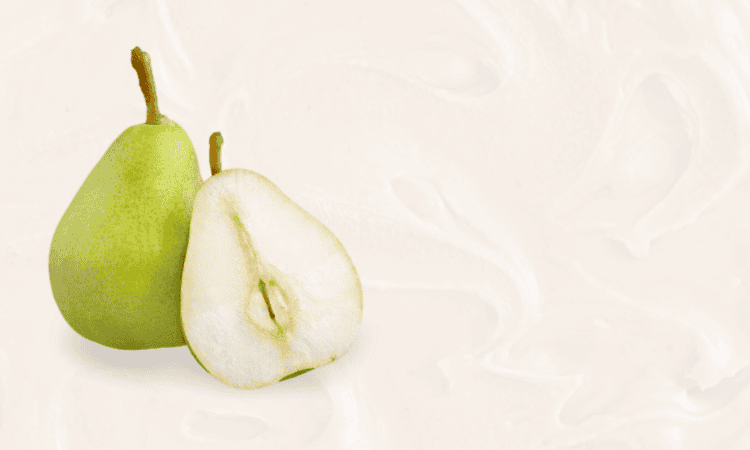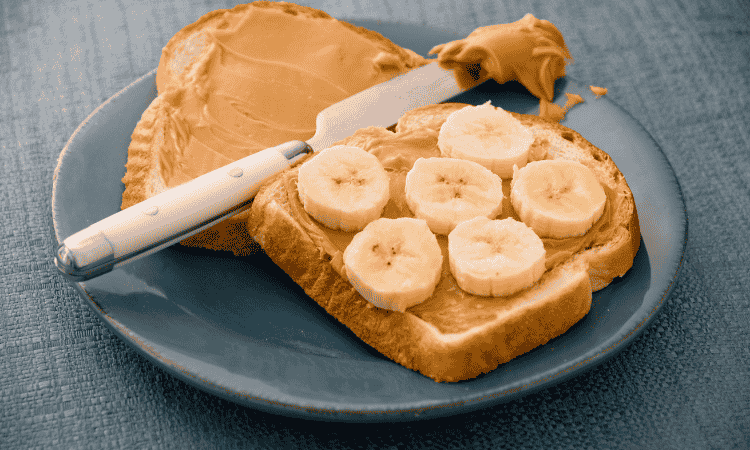There’s just something about pear butter that whispers “fall is here.” Maybe it’s the warm cinnamon aroma wafting through the kitchen. Or maybe it’s the act of slow cooking ripe pears until they transform into this silky-smooth, caramel-colored spread that feels like a warm hug on toast. I still remember the first time I made a batch—I had a fridge full of overly ripe Bartlett pears and no idea what to do with them. A quick search turned into an entire Saturday of simmering, stirring, and, okay, sneaking spoonfuls. And let me tell you—it was worth every second.
Unlike store-bought jams that are often cloyingly sweet or full of additives, pear butter is all about simplicity. It celebrates the fruit’s natural sweetness and turns your kitchen into a scent-sational heaven. If you’re looking for a way to use up extra pears or create a homemade holiday gift that actually gets used, this pear butter recipe is your new go-to.
Table of Contents
What Is Pear Butter, Anyway?
Despite its name, there’s no actual butter in pear butter. (Yep, that threw me off too the first time!) The term “butter” here is more about texture than ingredients. Think of it like almond butter or apple butter—smooth, creamy, and spreadable.
The consistency is thick but silky, and the flavor is deeply fruity with cozy spice notes depending on your additions. And unlike jam or jelly, pear butter doesn’t use pectin or gelatin—it thickens naturally as it slowly reduces. Less sugar, more fruit. Yes, please!
The Fruit Behind the Magic — Choosing the Right Pears
Let’s talk pears. You can’t make magic without the right main ingredient.
In my experience, Bartlett pears are the best all-around for pear butter—juicy, flavorful, and easy to find. Bosc pears, on the other hand, are firmer and have a slightly spicier undertone that deepens the flavor. D’Anjou works too but takes a bit longer to soften.
Here’s a little cheat sheet:
| Pear Type | Texture | Flavor Notes | Best For |
|---|---|---|---|
| Bartlett | Soft | Sweet, juicy | All-purpose |
| Bosc | Firm | Spicy, aromatic | Richer flavor |
| D’Anjou | Smooth | Mild, slightly tart | Blended mixes |
Pro Tip: Use overripe pears. The kind you might toss? That’s what you want. The sugars have developed, the flesh is soft, and the flavor? Unreal.
Tools You’ll Need (A.K.A. Your Pear Butter Arsenal)
Let’s set the scene: a crisp autumn day, a warm kitchen, and these tools at the ready.
- Peeler and corer – Trust me, peeling 10+ pears by hand is meditative… or mildly maddening. A corer speeds things up.
- Food processor or blender – To get that buttery finish.
- Slow cooker or large pot – Low and slow is the secret.
- Mason jars – For storing or gifting.
- Canning supplies (optional) – If you’re preserving long-term.
It’s very much a farmhouse kitchen vibe. Rustic wood spoons, bubbling pots, and maybe a flannel shirt for good measure.
How to Make Pear Butter (Step-by-Step)
Step 1 – Prep the Pears
Wash, peel, core, and chop the pears into chunks. No need for perfection—this all gets pureed later.
Step 2 – Add Spices and Simmer
In a large pot or slow cooker, add your pears along with:
- 1/4 cup water or apple juice (to prevent sticking)
- 1–2 tsp cinnamon
- 1/4 tsp nutmeg
- 1/4 tsp cloves
- Optional: 1/2 cup brown sugar or maple syrup
Simmer on low heat for 6–8 hours, stirring occasionally.
Step 3 – Blend It Silky
Use an immersion blender or transfer to a food processor. Blend until ultra-smooth.
Step 4 – Reduce Further (Optional)
If it’s not thick enough, simmer uncovered for another hour or so.
Step 5 – Jar It Up
Ladle into sterilized jars. If canning, follow a boiling water bath method for 10–15 minutes. Otherwise, refrigerate and use within 2–3 weeks.
Canning & Storing Your Pear Butter
Here’s the beauty of pear butter—it stores beautifully.
- Refrigerator: Keeps up to 3 weeks
- Freezer: Up to 6 months in airtight containers
- Canned: Up to 12 months in a cool, dark place
If you’re gifting, a ribbon and tag on a mason jar goes a long way. You’d be shocked how many people think you spent hours (okay, you kinda did) making something this delicious.

Ways to Enjoy Pear Butter
You’re not just limited to toast, my friend. Here are my favorite uses:
- On pancakes or waffles (seriously better than syrup)
- In yogurt or oatmeal for a cozy twist
- With cheese and crackers—especially brie or sharp cheddar
- As a glaze for pork or chicken
- Swirled into muffins or baked goods
The possibilities? Almost endless.
Pear Butter vs Apple Butter
Okay, let’s settle the debate. Apple butter might be more famous, but pear butter? She’s the sophisticated cousin.
| Pear Butter | Apple Butter | |
|---|---|---|
| Flavor | Lighter, floral | Hearty, spiced |
| Texture | Silky smooth | Thicker, grainier |
| Sweetness | Naturally sweet | Often needs sugar |
| Vibe | Elegant, mellow | Bold, rustic |
FAQ – Pear Butter Questions, Answered
Q: Does pear butter need pectin?
A: Nope! Pears are high enough in natural pectin to thicken beautifully on their own.
Q: Can I make pear butter without sugar?
A: Absolutely. The riper the pears, the sweeter the butter. You can skip added sugar or swap in honey or maple syrup.
Q: What’s the best way to store pear butter?
A: Refrigerate for short-term use, freeze in small containers, or can using a boiling water bath.
Q: How do I know when it’s done cooking?
A: When it’s thick enough to mound on a spoon and not slide off—it’s ready.
Q: Can I use pear butter in baking?
A: Oh yes! It’s fantastic in muffins, cakes, or as a filling in thumbprint cookies.
Conclusion: From Overripe Fruit to Gold in a Jar
If you’ve never made pear butter before, I hope this guide gives you the confidence (and craving) to try it. It’s cozy, simple, and just plain delicious. Whether you spoon it over waffles, tuck it into a gift basket, or eat it straight out of the jar (been there), this rustic fruit spread is fall’s best-kept secret.
And hey, even if it doesn’t look perfect, or you forget to stir it for an hour (guilty), it’s all part of the charm. That’s what homemade is about—flavor, imperfection, and heart.

